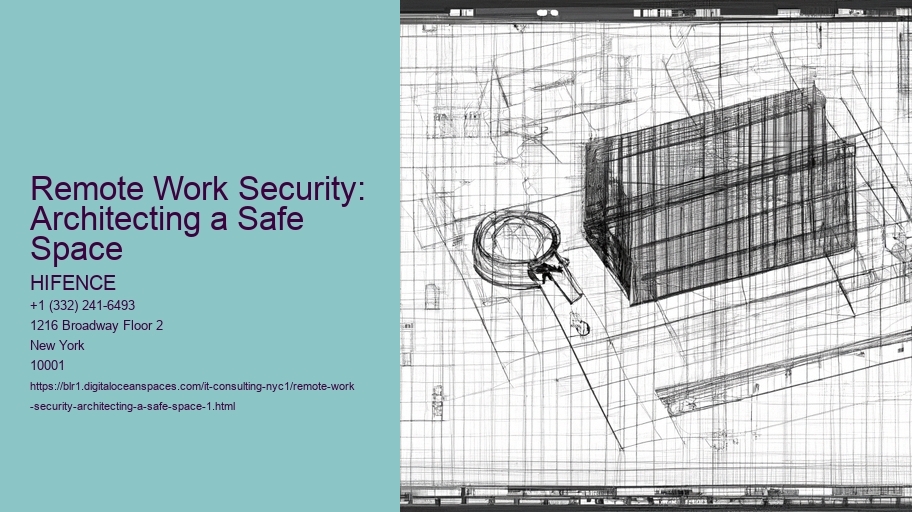
Remote Work Security: Architecting a Safe Space
Okay, so remote work. security architecture blueprint . Its kinda everywhere now, isnt it? And while it offers amazing flexibility and, frankly, a better work-life balance (sometimes!), it also presents a whole new set of security challenges. Its not simply about securing a physical office anymore; its about creating a safe digital space that extends to employees homes, coffee shops, or wherever they choose to plug in. Protecting data and systems in this distributed environment requires careful planning and a solid architectural approach.
Think about it: your traditional security perimeter has essentially evaporated. Youre no longer dealing with a controlled environment.

So, how do we build this "safe space"? It starts with a robust architecture (duh!). Were talking about layers of security, not just a single firewall. This includes things like strong authentication methods (multi-factor authentication is a must!), endpoint protection software, secure VPN connections, and data encryption (both in transit and at rest). These arent optional extras; theyre foundational elements.
But tech alone isnt the solution. We cant just throw money at the problem and expect it to disappear. User education is equally crucial. Employees need to be trained on how to identify phishing scams, how to secure their home networks, and the importance of reporting suspicious activity.

Furthermore, a well-defined remote work policy is vital. This policy should clearly outline expectations for device usage, data handling, and security protocols. It should also address issues like acceptable use policies and incident response procedures (what to do if, heaven forbid, something goes wrong). This isnt about being overly restrictive; its about establishing clear guidelines and minimizing risk.
Regular security audits and vulnerability assessments are also non-negotiable. You need to proactively identify weaknesses in your remote work security architecture and address them before they can be exploited. This isnt a one-time thing; its an ongoing process of monitoring, testing, and improvement.
Creating a secure remote work environment isnt easy, and its certainly not free. But the cost of inaction is far greater.